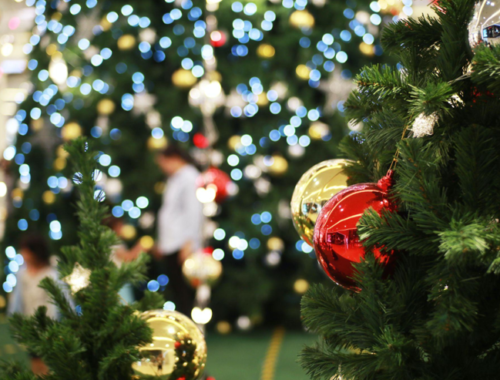
The History and Evolution of Full Artificial Christmas Trees
The Early Origins of Artificial Christmas Trees
The first artificial Christmas tree was created in Germany during the 19th century. At the time, Christmas trees were traditionally decorated with real candles. However, this posed a fire hazard. As a solution, Friedrich Horn developed a wooden frame covered in goose feathers, which he then painted green and decorated. This was the first known artificial Christmas tree.
Although this was a significant development, artificial Christmas trees did not immediately gain popularity. It was in the 1930s that they started to become mainstream. The Great Depression made it difficult for families to afford real Christmas trees, so the more affordable artificial trees became a popular alternative.
The Evolution of Artificial Christmas Trees
Since their early origins, full artificial Christmas trees have evolved significantly. Today, they come in various styles, sizes, and colors. In addition, some trees are made to look like realistic replicas of real trees, while others embrace a more stylized, modern appearance.
One of the most significant changes in artificial trees has been the materials used to make them. In the past, artificial trees were made of dangerous materials such as lead and PVC, which could release harmful toxins into the air. However, modern artificial trees are made with safer, more eco-friendly materials, such as recycled PVC and polyethylene.
Another significant development in artificial trees has been the technology used to make them. Many modern artificial trees now come with pre-lit LED lights, which make decorating for Christmas a breeze. Additionally, some trees feature bendable branches, which allows for greater customization and flexibility in tree-shaping and ornament placement.
Despite their modern conveniences, some people still prefer real Christmas trees. However, artificial trees have many benefits, making them a popular choice for many households. For example, they are generally more affordable than real trees, last for multiple holiday seasons, and require little maintenance.
In addition to practical benefits, artificial trees offer a lot of versatility in their decoration. They can be decorated with virtually any ornament, and their many styles and colors can easily match any home decor scheme.
One of the most significant benefits of artificial trees is their eco-friendliness. Because they are reusable and do not require being cut down, they are a more environmentally responsible option than real trees. In addition, modern artificial trees are typically made from recycled materials, reducing their environmental impact.
Conclusion
The history and evolution of artificial Christmas trees are fascinating and have played an essential role in Christmas traditions over the last century. From their humble beginnings in Germany to their modern-day popularity, artificial trees have changed significantly but remain integral to many households’ holiday celebrations. Many options exist, whether you prefer a traditional, realistic artificial tree or a colorful, stylized one. We must continue to appreciate and enjoy the many benefits that artificial trees bring to our holiday celebrations. Merry Christmas!
You May Also Like

Best Artificial Christmas Trees 2023: Enhance Your Nativity and Advent Celebrations
August 19, 2023
The Magic of a 10-ft Christmas Tree with Lights for Birthday Parties, Growing Up, and Celebrations
January 23, 2024

